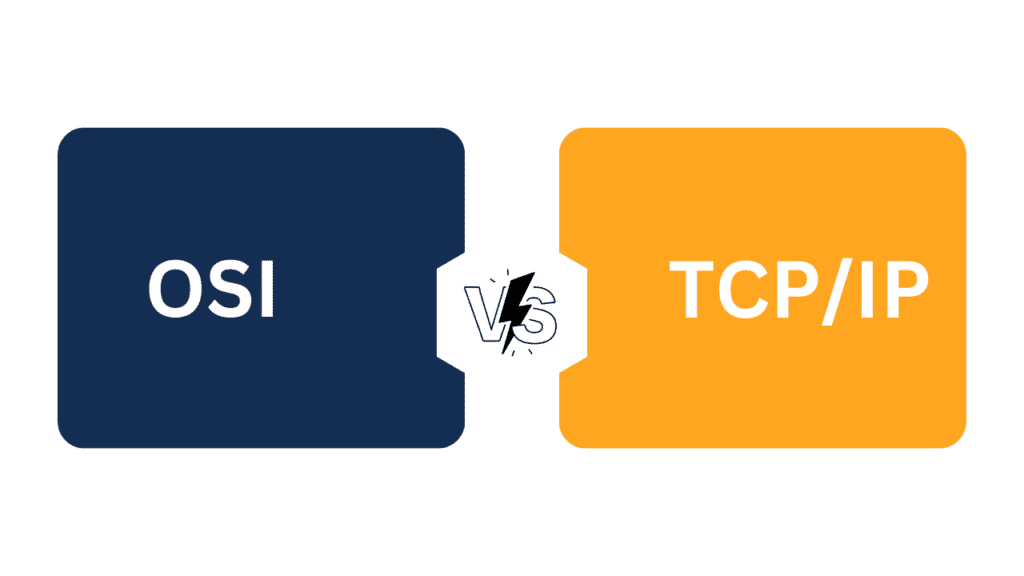Summary of the Blog
- What is the OSI MODEL
- How its works
- What is the TCP/IP Model
- How its works
- OSI Model V/S TCP/IP Model
What is the OSI MODEL
The OSI (Open Systems Interconnection) model is a conceptual framework that organizes the functions of telecommunication or computing systems into seven layers. These layers, from bottom to top, are Physical, Data Link, Network, Transport, Session, Presentation, and Application. The model aims to standardize communication processes, fostering interoperability among different systems and networks. Each layer has specific functions, such as data encapsulation, error detection, and routing. This modular structure enhances troubleshooting and protocol development. The OSI model provides a standardized foundation for network communication, promoting consistency and compatibility across various technologies and platforms.
How its works
The OSI (Open Systems Interconnection) model works by breaking down the process of network communication into seven distinct layers, each responsible for specific tasks. Here’s a brief overview of how it works:
What is the TCP/IP Model
The TCP/IP model, or Transmission Control Protocol/Internet Protocol model, is a conceptual framework that standardizes the communication protocols used for transmitting data across networks. It consists of four layers:
1. Application Layer:
– Manages communication functions such as email, file transfers, and remote login.
2. Transport Layer:
– Ensures reliable end-to-end communication, including error detection and correction.
3. Internet Layer:
– Handles logical addressing, routing, and forwarding of data packets between devices across different networks.
4. Link Layer:
– Manages the physical connection and data link control on the local network segment.
The TCP/IP model is foundational to the Internet, serving as a guide for developing network protocols and facilitating communication between devices in a standardized manner.
How its works
The TCP/IP (Transmission Control Protocol/Internet Protocol) model works by organizing network communication into four layers, each responsible for specific functions. Here’s a concise overview of how it operates:
OSI Model V/S TCP/IP Model
**OSI Model:**
– Seven layers: Physical, Data Link, Network, Transport, Session, Presentation, and Application.
– More detailed and structured.
– Developed by ISO.
– Universally applicable but more academic.
**TCP/IP Model:**
– Four layers: Application, Transport, Internet, and Link.
– More pragmatic and widely used.
– Evolved from ARPANET.
– Closely tied to the development of the Internet.
In essence, the OSI model is more theoretical and comprehensive, while the TCP/IP model is more practical and closely tied to Internet protocols.
Conclusion:
In conclusion, while both the OSI model and the TCP/IP model serve as blueprints for understanding network communication, they differ in their levels of detail and practical application. The OSI model’s comprehensive structure makes it a valuable academic reference, whereas the TCP/IP model, with its four layers, stands as a more pragmatic and widely adopted framework, intricately woven into the fabric of the Internet. Each model contributes uniquely to our comprehension of networking, providing essential insights into the complex world of data transmission.






